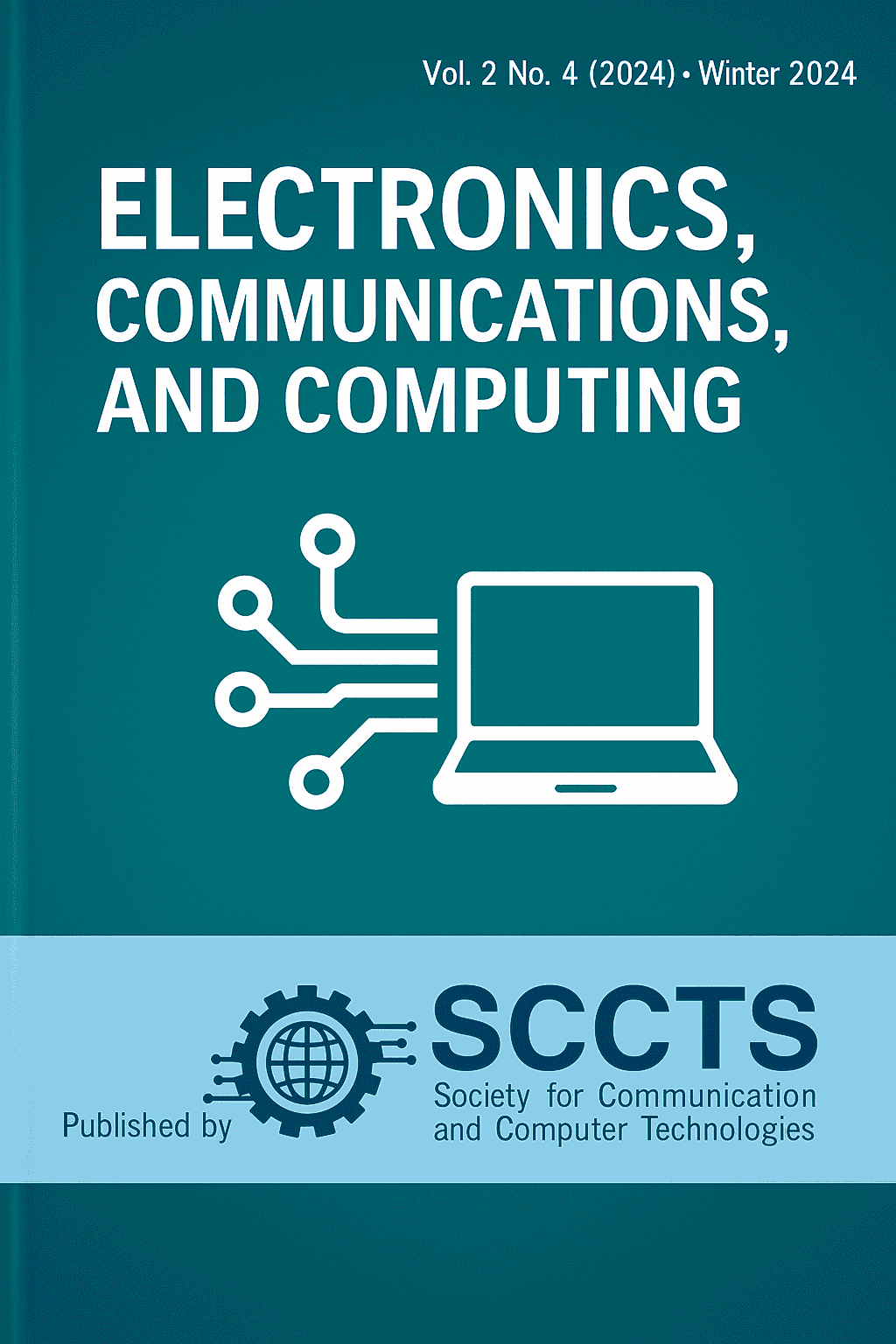Fusion of Big Data Analytics and Deep Learning for Predictive Fault Diagnosis in Cyber-Physical Energy Systems
Keywords:
Cyber-Physical Energy Systems, Predictive Fault Diagnosis, Big Data Analytics, Deep Learning, Smart Grid, Anomaly Detection, System Resilience.Abstract
With the integration of physical infrastructure with a state of the art computational intelligence, Cyber-Physical Energy Systems (CPES) have become a revolutionary paradigm in modern power grids. They are however complex and this makes them easily subjected to errors in diagnosis when their symptoms should be treated as quickly as possible. The research would develop a new framework of predictive fault diagnosis that integrates the features of big data analytics and deep learning which would improve system reliability and responsiveness. The architecture that is suggested consumes heterogeneous sensor data of smart meters, substations, and SCADA systems that are based on Hadoop Distributed File System (HDFS) scalable storage and Apache Spark Streaming real-time processing. These are more advanced feature engineering methods, represented by statistical aggregation, Fast Fourier Transform (FFT) and wavelet transforms, that are executed before inference of the model. The trained hybrid Convolutional Neural Network-Long Short-Term Memory (CNN-LSTM) can be used to predict fault types and estimate to time-to-failure (TTF) using historical fault-labelled data. However, compared to the preceding models, the proposed framework does not merely combine deep learning with big data infrastructure at a level that creates a real-time feedback loop, but allows wide-ranging, flexible deployment about CPES environments. Experimental analysis of a simulated IEEE 14- bus test system and over 1TB of real-world smart substation data indicates a fault detection range of 97.3 per cent and an average event latency of less than 3 seconds per fault that is far superior to standard Random Forest and Support Vector Machine (SVM) methods. These findings emphasize the effectiveness of the framework in enhancing the accuracy of fault classification, lower response time, and engage in proactive maintenance. The development of edge federated learning, explainable AI and deployment in hybrid edge cloud architecture is a future direction to further realise the capability to predict in distributed CPES environments.



